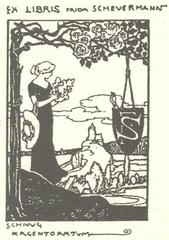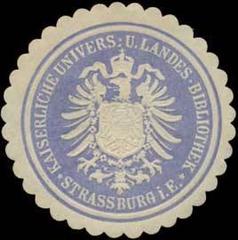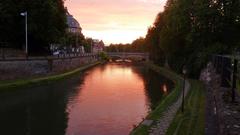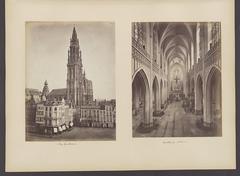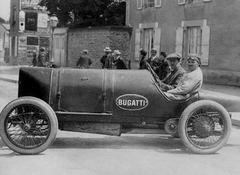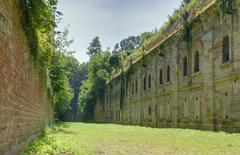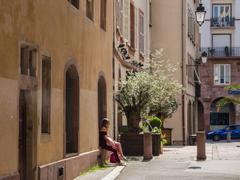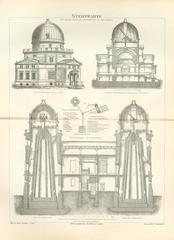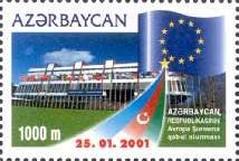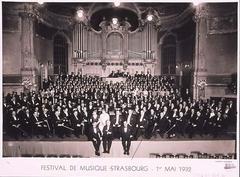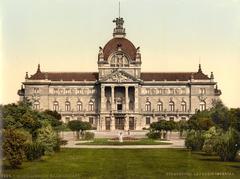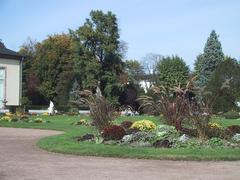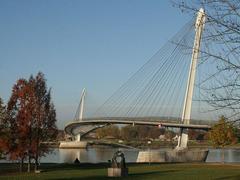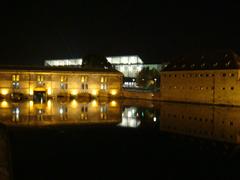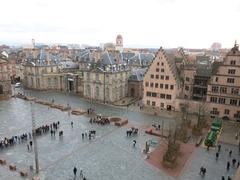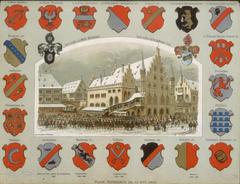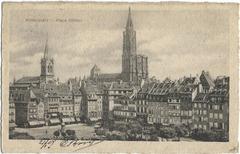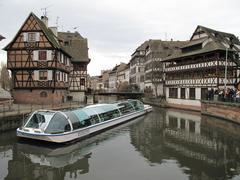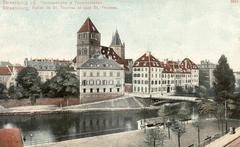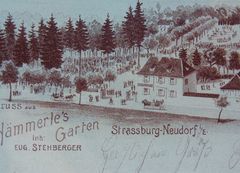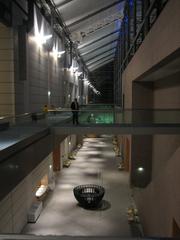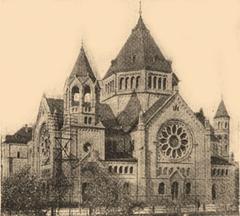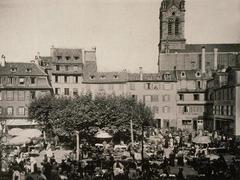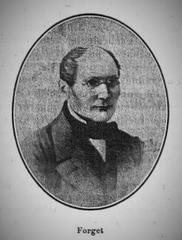
Stolperstein Théodore Ackermann Strasbourg: Visiting Hours, Tickets, and Historical Significance
Date: 03/07/2025
Introduction
Strasbourg, situated at the crossroads of French and German cultures, is a city marked by a profound history and a vibrant commitment to remembrance. Among its most poignant memorials are the Stolpersteine—small, brass-plated cobblestones that commemorate victims of Nazi persecution at their last freely chosen residences. The Stolperstein dedicated to Théodore Ackermann stands as a powerful, accessible reminder of the individual lives affected by the Holocaust, integrating memory into the very fabric of the city. This guide provides comprehensive information on the historical significance, practical visiting details, and ways to enrich your experience at the Théodore Ackermann Stolperstein in Strasbourg.
Contents
- Introduction
- History and Context of the Stolperstein Project in Strasbourg
- Location and Accessibility of the Théodore Ackermann Stolperstein
- Visiting Hours and Ticket Information
- Visiting Etiquette and Respectful Behavior
- Practical Information for Tourists
- Getting There
- Nearby Amenities and Strasbourg Historical Sites
- Accessibility
- Safety and Security
- Enhancing the Visitor Experience
- Guided Tours and Educational Resources
- Special Events and Community Engagement
- Photographic Opportunities
- Combining Visits with Other Memorial Sites
- Frequently Asked Questions (FAQ)
- Conclusion and Visitor Recommendations
- Sources and Further Reading
History and Context of the Stolperstein Project in Strasbourg
The Stolpersteine project was initiated by German artist Gunter Demnig in 1992, with the intent of personalizing Holocaust remembrance. Each Stolperstein (“stumbling stone”) is a 10x10 cm brass-plated stone embedded in the sidewalk, inscribed with the name and fate of a victim of Nazi persecution (Wikipedia: Stolperstein; stolpersteine.eu). These decentralized memorials transform public spaces into sites of personal and collective memory.
Strasbourg’s Stolpersteine are especially significant due to the city’s complex history of shifting national identities and its once-thriving Jewish community. The first Stolpersteine in Strasbourg were laid in 2019 after extensive community consultation, and the city now hosts dozens of these stones, with the ambition to honor all local victims (enjoystrasbourg.com). The project is supported by local authorities, historical societies, and the descendants of victims, ensuring respectful placement and ongoing maintenance.
Location and Accessibility of the Théodore Ackermann Stolperstein
The Théodore Ackermann Stolperstein is situated in a walkable area of Strasbourg, embedded in the sidewalk at his last freely chosen residence. For precise location details, consult the Strasbourg Tourist Office or local Holocaust remembrance organizations. The stone is part of a broader network of Stolpersteine across the city, many of which are mapped online or through interactive guides.
Strasbourg’s city center is highly accessible, with well-maintained pavements, public transport connections, and accommodations for visitors with reduced mobility.
Visiting Hours and Ticket Information
- Hours: The Stolperstein is accessible 24/7, as it is installed outdoors in a public space.
- Admission: There is no ticket or entry fee required to visit. The memorial is open to all at any time.
This accessibility reflects the project’s philosophy: remembrance should be a part of daily life, encountered by all who pass by (Stolpersteine.eu FAQ).
Visiting Etiquette and Respectful Behavior
To honor the memory of Théodore Ackermann and others commemorated by Stolpersteine, visitors are encouraged to:
- Pause and read the inscription thoughtfully.
- Avoid standing or stepping directly on the plaque.
- Leave a small stone or flower as a sign of remembrance, according to Jewish tradition.
- Maintain a quiet, respectful demeanor.
- Photograph respectfully, without disturbing residents or blocking pathways.
Cleaning the stone gently with a soft cloth is another meaningful gesture that helps preserve its visibility for future visitors (Stolpersteine.eu FAQ).
Practical Information for Tourists
Getting There
- By Foot: The city center and most Stolpersteine are easily reached on foot.
- Public Transport: Strasbourg’s tram and bus networks connect all major neighborhoods. Tickets can be purchased at stations or via mobile apps. The Strasbourg City Card offers discounts on transport and attractions (Visit Strasbourg).
- By Bicycle: Strasbourg is renowned for its cycling infrastructure, with bike rentals widely available.
Nearby Amenities and Strasbourg Historical Sites
The area surrounding the Ackermann Stolperstein is home to cafés, restaurants, and public restrooms. Notable nearby landmarks include:
- Strasbourg Cathedral
- Place Kléber
- Petite France
- Memorial to the Victims of the Deportation
Maps and information are available at the tourist office at 17 Place de la Cathédrale (Little Holidays).
Accessibility
Strasbourg’s infrastructure is generally accessible for visitors with reduced mobility, including public transport and most sidewalks leading to the Stolperstein.
Safety and Security
Strasbourg is considered safe for tourists. Standard precautions apply, and visitors should respect the privacy of residents in residential neighborhoods (Française Note).
Enhancing the Visitor Experience
Guided Tours and Educational Resources
Several organizations and local tour operators offer guided walking tours focused on Jewish heritage, including the Stolpersteine. These tours provide in-depth historical context and personal narratives, enriching your understanding of each site (Visit Strasbourg).
Digital guides, brochures, and interactive maps are available both at the tourist office and online.
Special Events and Community Engagement
Strasbourg hosts remembrance events such as the European Day of Jewish Culture, Holocaust Remembrance Day, and regular cleaning ceremonies for Stolpersteine. Participation details are available on the tourism calendar or through local associations.
Photographic Opportunities
The location offers opportunities to capture meaningful photographs of the Stolperstein in its urban context, along with Strasbourg’s striking architecture. Always photograph discreetly and with respect.
Combining Visits with Other Memorial Sites
To gain broader insight into Strasbourg’s history, consider visiting:
- Musée Alsacien
- Strasbourg Historical Museum
- Local synagogues and Jewish heritage sites
- The European Parliament, which often features exhibitions on memory and human rights
Frequently Asked Questions (FAQ)
Q: Are there any tickets or entry fees to visit the Théodore Ackermann Stolperstein?
A: No, the Stolperstein is a public memorial accessible free of charge at all times.
Q: What are the visiting hours for the Théodore Ackermann Stolperstein?
A: It can be visited 24/7, as it is located outdoors on a public sidewalk.
Q: Is the Stolperstein accessible for visitors with reduced mobility?
A: Yes, the stone is embedded in an accessible sidewalk, and Strasbourg’s infrastructure supports mobility needs.
Q: Can I take photos of the Stolperstein?
A: Yes, but do so respectfully and without disturbing others.
Q: Are guided tours available?
A: Yes, several local organizations offer guided walking tours focused on Jewish heritage and Stolpersteine.
Q: Are there special events related to the Stolperstein?
A: Yes, Strasbourg hosts cultural and remembrance events—check the local event calendar for details.
Conclusion and Visitor Recommendations
The Stolperstein dedicated to Théodore Ackermann provides an intimate, powerful opportunity to engage with Strasbourg’s history. These memorials remind us that remembrance is most meaningful when woven into the everyday life of a city. Accessible at all times and free of charge, the Stolpersteine invite reflection, education, and participation in community memory.
To enhance your visit:
- Plan your route using online maps or the tourist office.
- Join a guided tour or attend a remembrance event for deeper context.
- Respect the memorial’s purpose and the privacy of local residents.
- Use digital resources and the Audiala app for further exploration.
By engaging thoughtfully with these living memorials, you contribute to the ongoing act of remembrance that honors individuals like Théodore Ackermann and reinforces the importance of learning from history.

